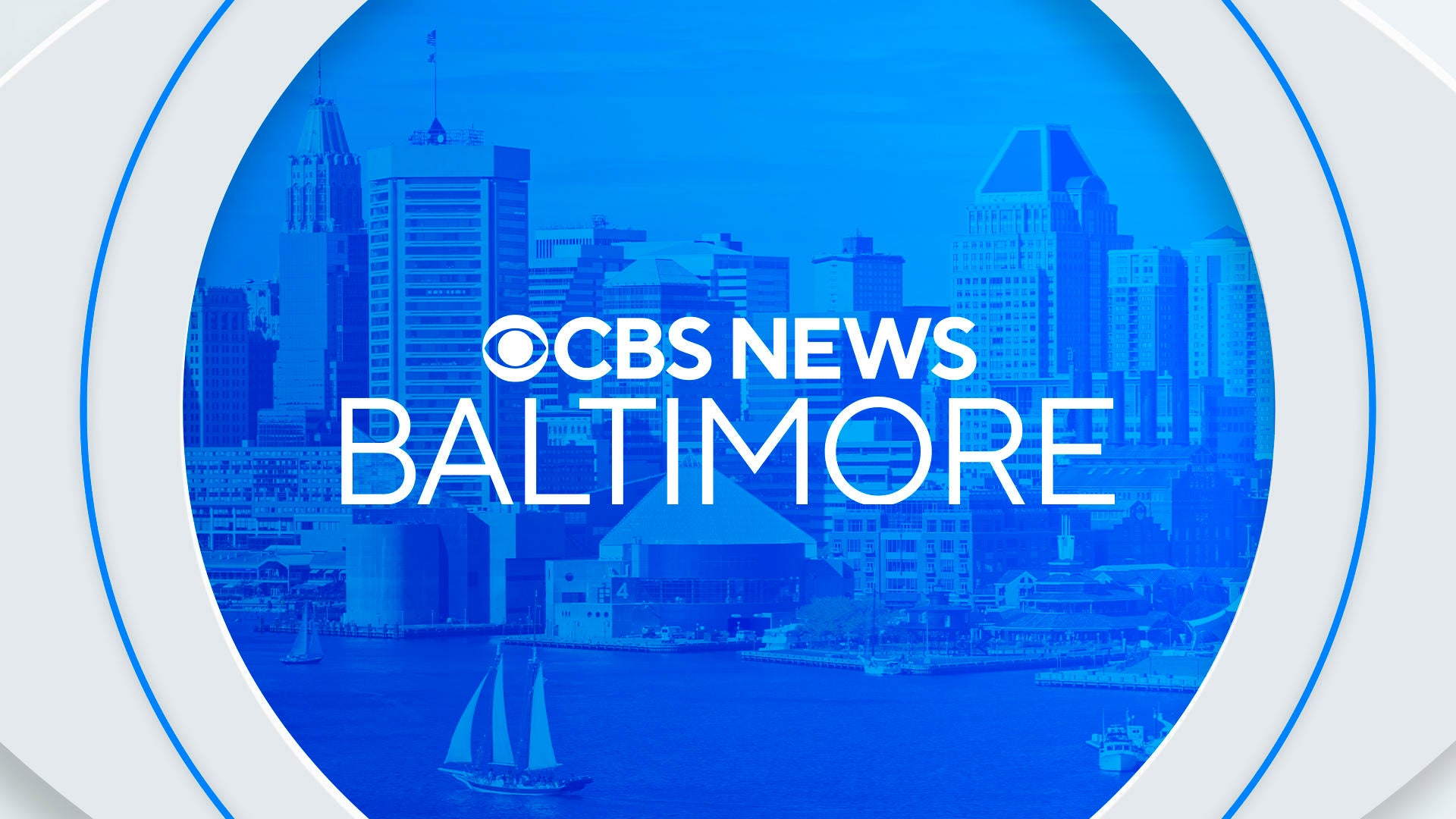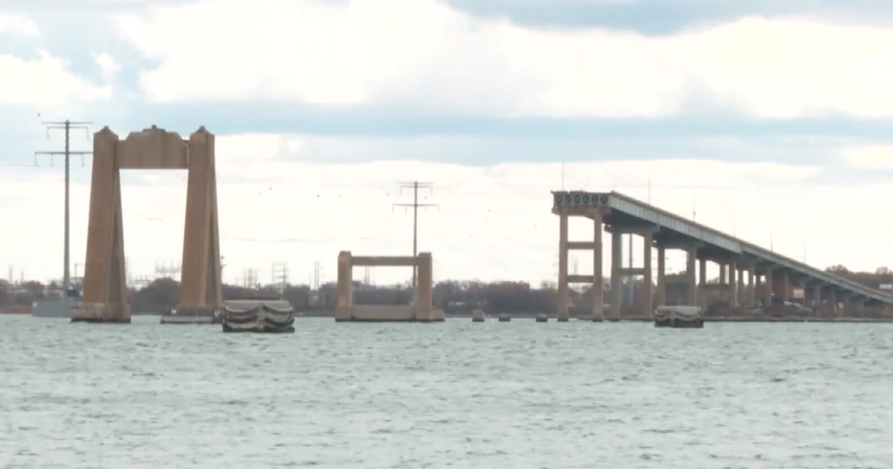President Trump's proposed budget would preserve funding for the Chesapeake Bay
The budget plan released by the White House would allow $92 million over the next fiscal year for the Chesapeake Bay Program, according to The Baltimore Banner, likely bringing some sense of relief to advocates concerned about funding cuts posing a threat to the Bay's restoration plans.
Previous budget proposal threatens Bay restoration efforts
A previous version of the budget, referred to as the "skinny budget," showed that Trump would cut funding to agencies involved in the Bay's restoration.
On May 2, the CBF issued a statement saying that the skinny budget reflected cuts to numerous programs focused on climate change research, environmental injustices, and diversity, equity, and inclusion (DEI) efforts.
The cuts in the previous budget proposal would slash the Environmental Protection Agency's funding by $5 billion, or 54.5%, reducing it from $9.1 billion this year to $4.2 billion in fiscal year 2026, the CBF said.
Last month, the Chesapeake Bay Foundation issued a warning about the impacts of President Trump's planned cuts to the NOAA's total budget – a slash of $1.7 billion.
Those cuts would significantly reduce the NOAA's financial support and scientific leadership for Chesapeake Bay restoration efforts, according to the CBF.
The NOAA's Bay Office supports technology needed to protect oysters, blue crabs, striped bass, and their habitats.
Importance of preserving the Chesapeake Bay's health
The Chesapeake Bay plays a major role in supporting Maryland's economy.
A 2023 report issued by the Maryland Office of Tourism said the Chesapeake Bay region welcomed 8.9 million visitors, who spent a total of $4.2 billion in 2021.
The bay's oyster population, which has more than tripled in the past 20 years, also plays a key role in the state's economy.
Maryland's seafood industry contributes about $600 million annually to the state's economy, according to the EPA.
Water clarity improvements could also boost property values in the state.




